Use Science In Regulating Antibiotics, Agriculture Coalition Says
WASHINGTON, D.C., June 12, 2012 – A coalition of agricultural organizations sent a letter yesterday to Rep. Louise Slaughter, D-N.Y., who is seeking to restrict severely antibiotic use in livestock and poultry production, pointing out the stringent federal approval process and regulation of antibiotics, the lack of human health risks from their judicious use in livestock production and the benefits they offer in food animal production.
Members of the coalition include the American Farm Bureau Federation, American Feed Industry Association, American Meat Institute, Animal Health Institute, American Veterinary Medical Association, National Cattleman’s Beef Association, National Chicken Council, National Milk Producers Federation, National Pork Producers Council, National Meat Association and the National Turkey Federation.
Slaughter in February asked food companies to submit to her by June 15 their purchasing policies related to antibiotic use in food animals. She is the primary author of the “Preservation of Antibiotics for Medical Treatment Act” (H.R. 965), which seeks to ban the use in livestock and poultry production of several classes of antibiotics employed for preventing and controlling diseases and for promoting nutritional efficiency.
“Antibiotic used in veterinary medicine are reviewed and approved by the U.S. Food & Drug Administration (FDA),” the coalition stated in its letter. For animal antibiotics, the safety assessment is more stringent than that for human antibiotics in three ways: 1) If there are risks to humans, FDA will not approve the antibiotic for animals; 2) FDA requires a food safety assessment to ensure meat is safe; and 3) FDA studies the pharmaceutical thoroughly to guarantee it does not increase the risk of antibiotic-resistant bacteria in food. The coalition further explained that FDA recently issued new regulations that effectively prohibit the use in food animals of “medically important” antibiotics for improving nutritional efficiency. The rules also ensure veterinarians will be involved in overseeing all uses of these products.
The coalition cited several published, peer-reviewed risk assessments showing any threat to human health from antibiotic use in livestock and poultry production is negligible, and pointed out many of the bacterial illnesses becoming resistant to antibiotics in human medicine have little or no link to antibiotic use in food animals.
Finally, the coalition cited some of the benefits of judicious antibiotic use in livestock and poultry. “The careful use of antibiotics to keep animals in top health is an important first step in providing the safest possible meat supply,” the letter said.
“All public health professionals, including veterinarians, are serious about reducing the risks of antibiotic resistance and are working to minimize those risks,” they wrote. “It is vital that public policy decisions about the use of these products be made on the basis of science and risk assessment.”
When it comes to their use in livestock and poultry production, concluded the coalition, “The research is clear that the contribution of using antibiotics in food-animal production to the human burden of antibiotic resistance is quite small, if it exists at all.”
